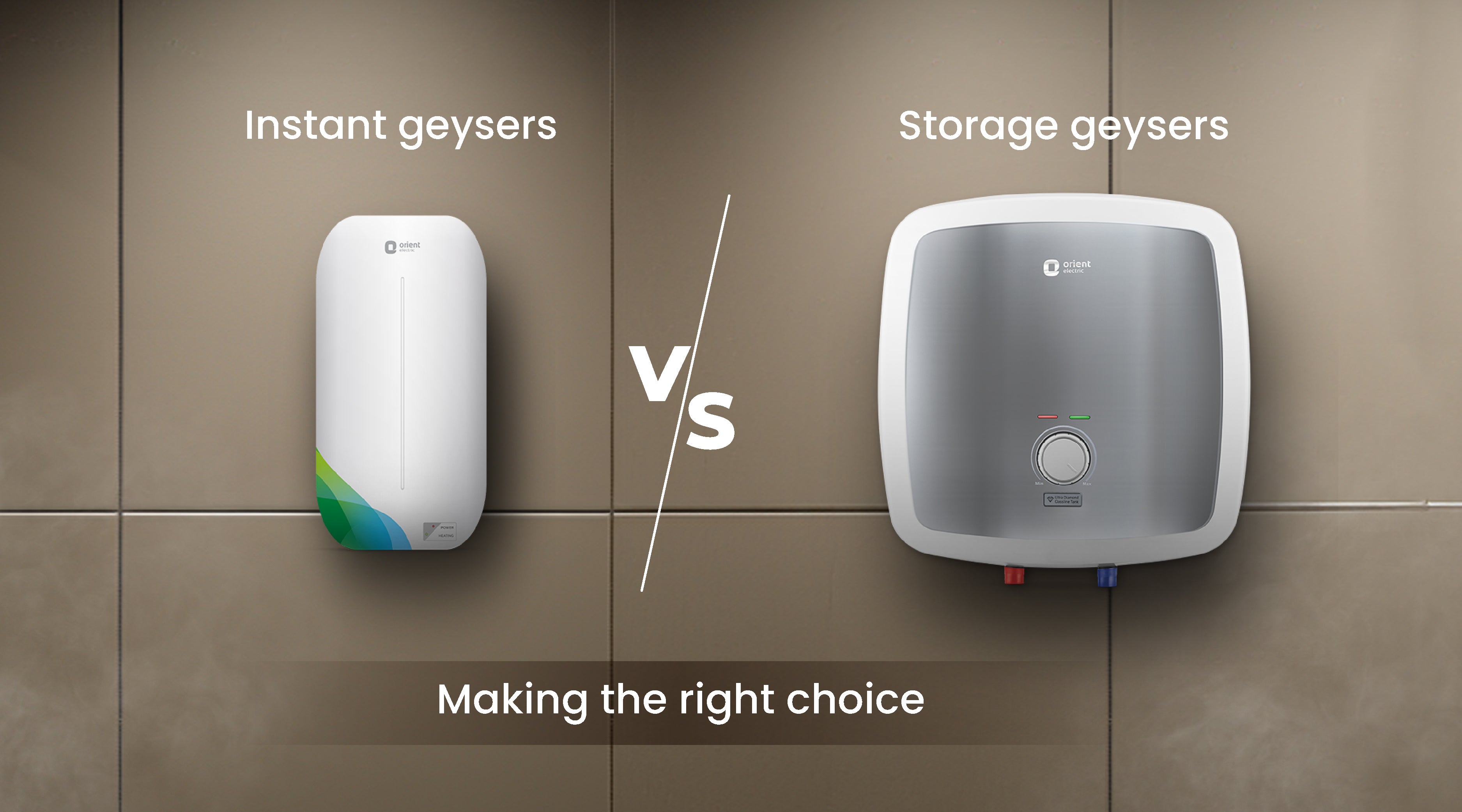Tailored geyser sizes are available for unique setups.
Tailored geyser sizes are available for unique setups.
Blog Article
Just how to Choose the Right Geyser to Make Best Use Of Energy Efficiency in Your Home
Picking an energy-efficient geyser is not as straightforward as it appears, requiring mindful analysis of different elements. From comprehending the different sorts of geysers, to evaluating their power effectiveness ratings and thinking about positioning method, each decision plays a vital role in optimizing efficiency. Balancing the initial investment with lasting savings is also vital. Allow's begin on this journey to uncover how to make the most enlightened option for a hot spring that will decrease your power expenses while ensuring optimal efficiency.

Recognizing the Various Sorts Of Geyser
While there are different sorts of hot springs available on the marketplace, recognizing the distinctions in between them is crucial for energy effectiveness (geyser sizes). The first kind, storage geysers, are the most typical and shop warm water in a storage tank for usage when needed. They are readily available in different capacities and are typically energy-efficient, but they can lose warm when not in use
The second type is the tankless geyser, which warms water as needed, resulting in less power waste yet requiring a higher initial power draw. Thirdly, there are heatpump geysers that utilize electricity to relocate warmth from one area to another rather than generating warm directly. They can be 2 to 3 times a lot more energy reliable than traditional storage space geysers. Solar hot springs use solar power to warm the water, making them the most energy-efficient however also the most expensive.
Assessing Your Household's Hot Water Demands
Prior to diving into the acquisition of a geyser, it is essential to assess the warm water needs of your family. This analysis should consider numerous factors consisting of the variety of house participants, regularity of hot water usage, and the number of warm water electrical outlets in the home (geyser sizes). A tiny family with occasional hot water use may call for a smaller sized, much less powerful geyser contrasted to a bigger family with numerous everyday hot water needs
The kind of appliances that need warm water also play a significant role. Dish washers and washing devices, as an example, may need even more warm water than a simple shower or kitchen sink. Details tasks such as showering or cleansing also affect the frequency and volume of warm water needed.
Reviewing Power Effectiveness Ratings of Geyser
Having analyzed the warm water requirements of your family, it is necessary to turn your attention to the power performance scores of hot springs. These scores, generally given as Power Element (EF), show a hot spring's overall energy performance based upon the amount of warm water created per device of gas taken in over a normal day. The higher the EF, the extra efficient the hot water heater.

Considerations in Geyser Dimension and Placement
Beyond energy performance scores, the size and positioning of your geyser are crucial aspects to think about. The dimension of the geyser must align with your household's hot water needs. A little geyser might use much less energy but may not give sufficient warm water for several uses at the very same time, whereas a bigger system can satisfy higher demand however may consume more power.
Geysers must be set up close to points of use to minimize warm loss during water transport. In addition, considering here thermal insulation, a hot spring located in a warmer location sheds much less warmth and therefore utilizes less energy to keep the water temperature.
Cost Evaluation: Balancing Initial Investment and Long-Term Savings
While dimension and positioning definitely play substantial roles in a geyser's power performance, one need to not ignore the monetary aspect. When considering the initial financial investment, this content the price of energy-efficient hot springs can be higher than standard versions. Nonetheless, the enhanced upfront cost can be offset by lasting power financial savings, making it a rewarding investment over time.
Evaluating long-lasting financial savings needs an understanding of the geyser's power ranking. A device with a higher ranking will eat less energy, translating to lower utility expenses over time. In addition, government incentives and discounts for energy-efficient appliances can also aid recover first expenses.
Finally, upkeep and lifespan ought to be factored in. Energy-efficient hot springs typically have much longer lifespans and lower upkeep costs, adding to overall cost savings. When balancing preliminary financial investment and long-lasting savings, one should consider not only the purchase cost yet additionally energy intake, government motivations, and upkeep expenses.

Conclusion
These consist of recognizing the types of hot springs, examining your you can check here household's warm water needs, evaluating power performance rankings, and computing cost advantages. The right geyser size, positioning, and insulation can considerably lower power costs and ecological effect.
Report this page